
1. The Importance of Learning Dance History
While focusing on your dance technique, choreography, and performance, it's easy to overlook one of the most enriching aspects of dance education: its history. Understanding the evolution of dance and its cultural significance can deepen your appreciation of the art form and help you improve your technique. Dance history provides context for the movements you are learning, connects you to past generations of dancers, and enhances your artistic expression. In this article, we will explore how learning dance history alongside your regular dance classes can elevate your overall dance experience.
- Why Understanding Dance History is Essential
- How to Incorporate Dance History Into Your Classes
- Best Resources for Learning Dance History
- Real-Life Examples of Dance History in Practice
1.1 Why Understanding Dance History is Essential
Dance history is more than just a study of movements; it's an exploration of how dance has evolved across cultures and time periods. By understanding dance history, dancers can:
- Enhance Artistic Expression: Knowing the historical roots of movements and styles helps you bring more depth to your performances. Understanding the origins of ballet, modern dance, or jazz can inform how you express those styles with your body.
- Respect Dance Traditions: Each dance form has a unique history and tradition that informs its techniques. By learning about its background, you develop a greater respect for the culture and people that created and evolved the style.
- Improve Technique: Many classic techniques were developed in response to specific needs or artistic goals. Understanding the "why" behind these techniques can help you execute them with more precision and intention.
1.2 How to Incorporate Dance History Into Your Classes
While focusing on technique and choreography, incorporating dance history into your lessons can be done in a few simple ways:
- Ask Your Instructor: During your regular dance classes, ask your teacher to explain the historical context of the techniques you’re learning. Many instructors are well-versed in dance history and would be happy to provide insights that connect the movements to their roots.
- Attend Dance History Workshops: Many dance studios offer workshops that delve into the history of specific styles, such as ballet, contemporary, or African dance. These workshops provide a focused look at the historical context behind the styles you’re learning in class.
- Incorporate Dance History Research: Dedicate some time outside of class to researching the history of the dance styles you practice. Whether through books, documentaries, or online resources, understanding the cultural significance and evolution of these movements will deepen your connection to them.
1.3 Best Resources for Learning Dance History
To supplement your in-class learning, there are several resources available that make learning dance history both accessible and engaging:
- Books and Academic Journals: Books like "The History of Dance" by C. J. L. Hurd and academic journals dedicated to dance offer comprehensive insights into dance history. These resources dive into the roots of different dance styles and their cultural impact.
- Documentaries and Films: Documentaries such as "The History of Ballet" or films like "Pina" by Wim Wenders (which explores the work of choreographer Pina Bausch) provide both historical context and visual understanding of dance evolution.
- Online Courses and Webinars: Many dance organizations, such as the Dance Heritage Coalition, offer online resources that teach dance history. These courses are often accessible to dancers of all levels and provide structured learning with visual aids.
1.4 Real-Life Examples of Dance History in Practice
One of the best ways to understand the importance of dance history is by looking at real-life examples where it has directly influenced dancers. Consider the story of choreographer Martha Graham, whose work in modern dance revolutionized the art form. Graham’s technique, deeply rooted in expressing human emotion through movement, was inspired by her study of ballet’s history and her desire to break free from its rigid structure.
Another example is the popularity of hip-hop dance in modern-day culture. What began as street dance in the Bronx has evolved over decades, influenced by social movements and cultural shifts. Understanding the origins of hip-hop dance can provide valuable insight into its current forms and impact on global dance culture.

Crunch Fitness - Frisco / crunch fitness frisco reviews
3865 Preston Rd, Frisco, TX 75034, USA
2. Creative Edge Dance Studio: Learn Dance History Alongside Your Technique
At Creative Edge Dance Studio, we believe in offering more than just technical training. Our curriculum integrates the rich history of dance alongside practical instruction, ensuring that students understand the cultural and historical significance behind every style. We provide specialized workshops, performances, and guest lectures that bring the past and present of dance to life. Join us at Creative Edge Dance Studio to immerse yourself in both the history and practice of dance.
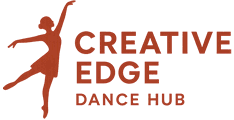
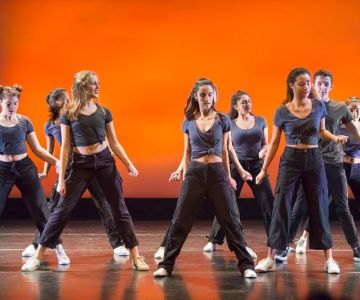
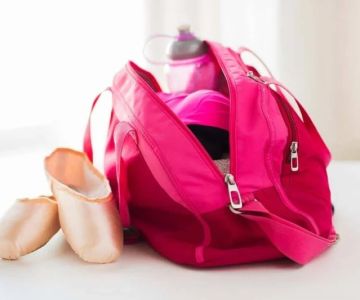
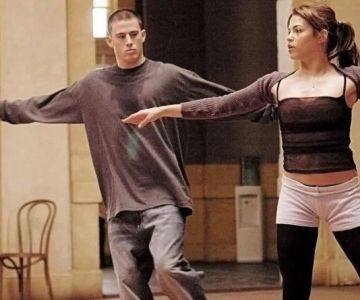
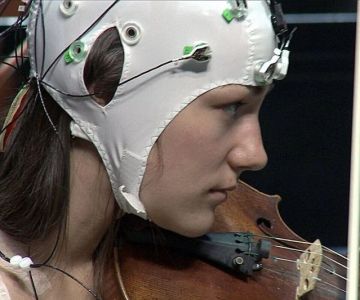
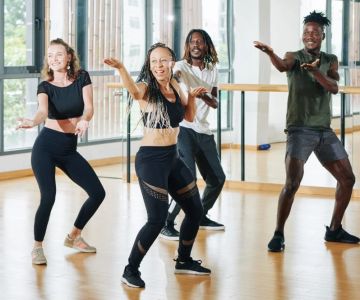

 StudioDNA Partners Inc5.0 (186 reviews)
StudioDNA Partners Inc5.0 (186 reviews) Athena Dance Academy5.0 (9 reviews)
Athena Dance Academy5.0 (9 reviews) Soar Creative Studios4.0 (96 reviews)
Soar Creative Studios4.0 (96 reviews) Bull City Ballroom5.0 (16 reviews)
Bull City Ballroom5.0 (16 reviews) Multi Arts Academy4.0 (38 reviews)
Multi Arts Academy4.0 (38 reviews)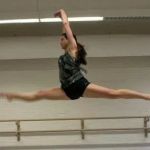 Fierce Motions in Dance5.0 (10 reviews)
Fierce Motions in Dance5.0 (10 reviews) What is Krump? An Emotional and Energetic Dance Form
What is Krump? An Emotional and Energetic Dance Form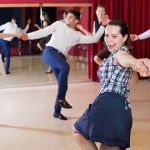 How to Develop a Personal Style in Social Dance | Creative Edge Dance Studio
How to Develop a Personal Style in Social Dance | Creative Edge Dance Studio What is Krump? Clowning and Expressionistic Movement Explained
What is Krump? Clowning and Expressionistic Movement Explained How to Create a Home Dance Space on a Budget
How to Create a Home Dance Space on a Budget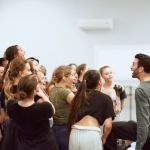 How to Give and Receive Constructive Feedback in Dance Class: Key Strategies
How to Give and Receive Constructive Feedback in Dance Class: Key Strategies My Journey from Beginner to Competitive Dancer in One Year
My Journey from Beginner to Competitive Dancer in One Year